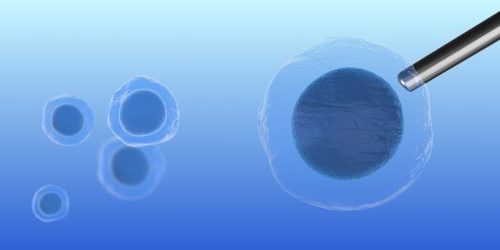Huntington’s Patients’ Skin Cells Transformed Into Nerve Cells That Mimic Disease Symptoms

Nerve cells that mimic the molecular features of Huntington’s disease have been created from patients’ skin cells, researchers said.
The study, “Striatal neurons directly converted from Huntington’s disease patient fibroblasts recapitulate age-associated disease phenotypes,” was published in Nature Neuroscience.
These engineered nerve cells exhibit many of the cellular “symptoms” that characterize the disease, like increased DNA damage, dysfunctional mitochondria, or promoted cell death, and may serve as a research tool to develop new therapies for Huntington’s patients.
“This is a powerful tool to investigate the reasons why particular brain cells with the disease-associated mutation become sick over time and eventually die,” Andrew S. Yoo, PhD, assistant professor at Washington University School of Medicine in St. Louis, Missouri, and senior author of the study, said in a university news release.
“In theory, we could model progression of the disease by reprogramming skin cells from patients at a range of ages, including before symptoms begin. And if there are drugs or compounds that may help these patients, we can test them first in this system,” he said.
The more reliable source of information on Huntington’s disease are nerve cells, where all the disease-related events occur. However, use of nerve cells collected directly from patients can be challenging. Transformation of stem cells into useful nerve cells has been shown to not fully mimic the molecular features of the disease. So until now, there was no experimental model that could effectively replicate what happens in Huntington’s disease.
Since skin cells are easy to collect and they hold the same genetic blueprint as nerve cells, including disease-associated mutations, researchers envisioned a potential model for Huntington’s.
The team developed a direct conversion method based on tiny RNA molecules — called microRNAs — that can transform skin cells collected from patients into nerve cells retaining the patient’s age-associated features of the disease.
This method bypasses the stem-cell stage known to reset the developmental clock to an embryonic-like state, wiping out the age-associated effects of the disorder.
Researchers applied this novel cell-reprogramming method to skin cells collected from patients at different stages of the disease, confirming that each engineered nerve cell retained the features of its original patient and further highlighting the potential of these cells to mimic Huntington’s progressive stages.
“We want to understand what drives the disease progression over time,” Yoo said. “This technique lets us capture characteristics of the disease at distinct moments in its progression. That’s important in understanding what is happening and finding ways to stop it.”
The researchers believe these discoveries open new opportunities to improve knowledge about Huntington’s disease, and in other neurodegenerative disorders.
“Most neurodegenerative disorders worsen over time, so this method of modeling potentially could be applied in other conditions,” Yoo added.






